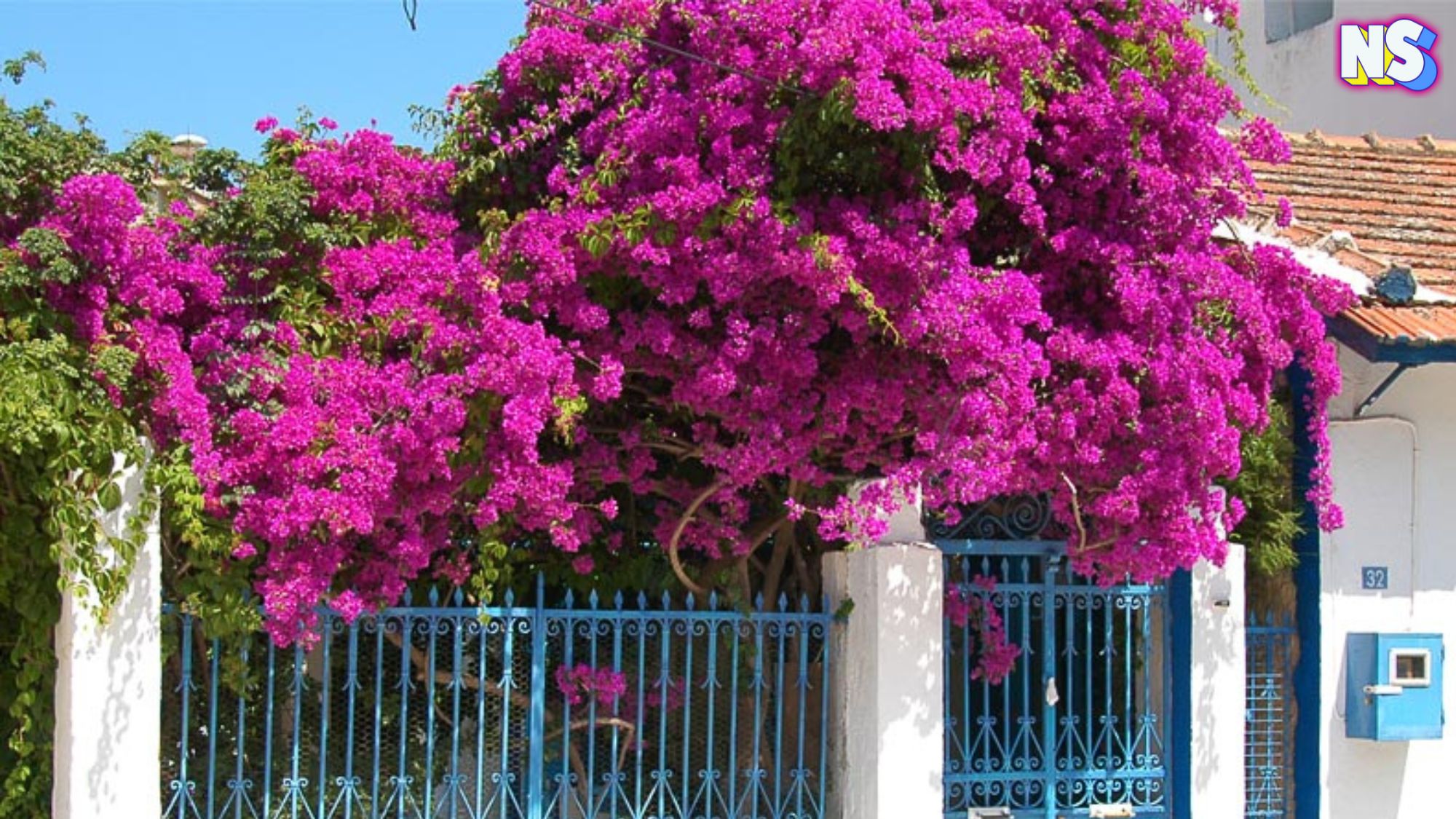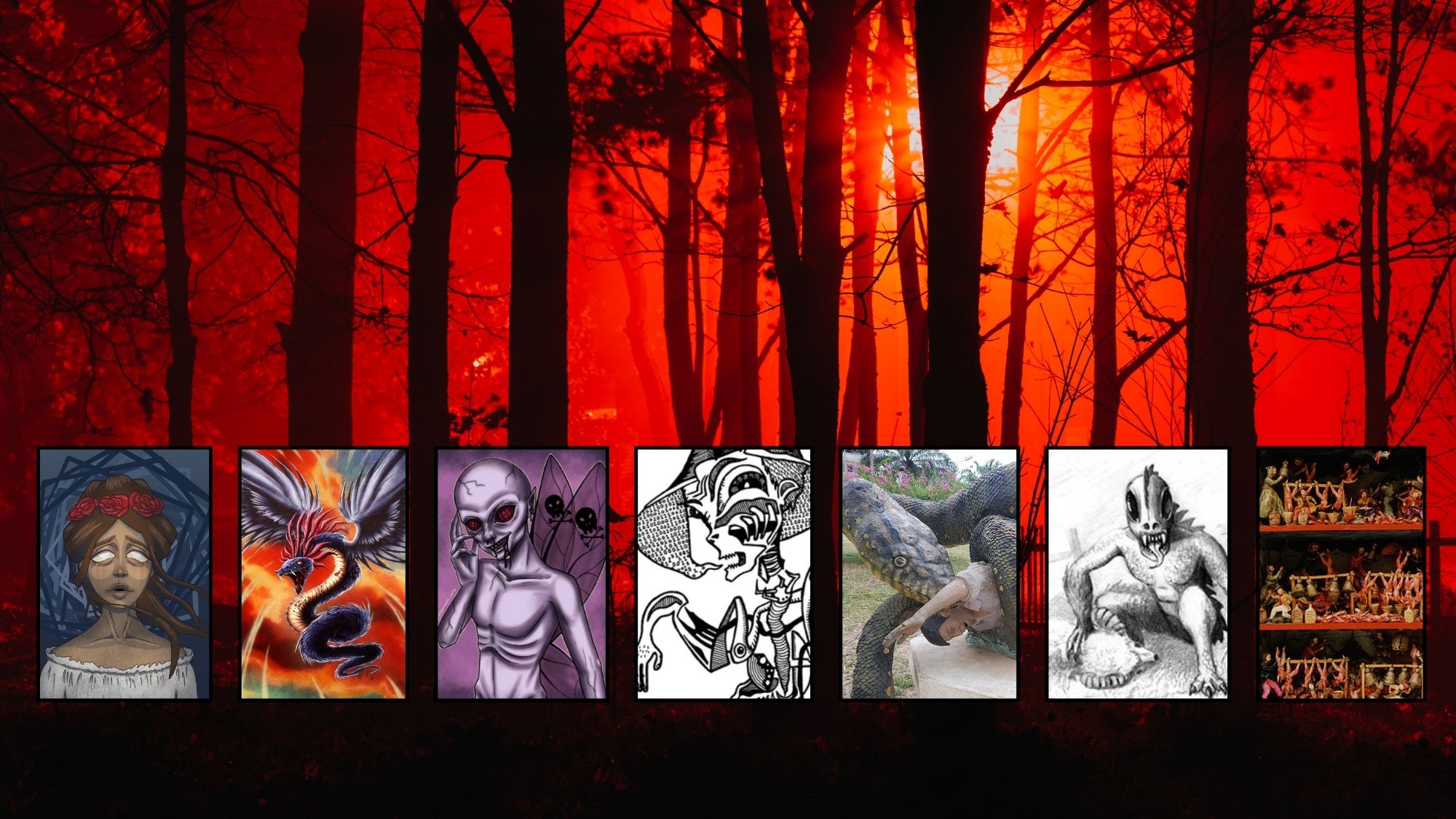As winter blankets much of the country, Miami, aka “The Magic City,” is getting warmer, with 80-degree days. The tropical city’s balmy climate has turned its winter into something more like a perpetual springtime, thanks partly to colorful bougainvillea, flowers from Brazil, gracing every corner.
For many around here, including myself, the pretty bougainvillea holds a special place in our hearts. My father, born and raised in Havana, Cuba, often spoke fondly of his bougainvillea shrubs he left back in his homeland. So he always grew his favorite flower all over his Miami front and back yards.
With my curiosity piqued this winter, I finally set out to uncover the secrets behind the bougainvillea's enchanting allure. Turns out, there's a quirky story behind its name.
What is Bougainvillea?
The Bougainvillea is a symphony of thorns, bracts, and delicate flowers. Also known as the paperflower, Bougainvillea derives its nickname from the texture of what appear to be its blooms. However, the true flowers are tiny and inconspicuous, nestled amidst the colorful bracts. They look like Baby’s breath, small delicate white flowers often used in flower arrangements.
Native to Brazil, bougainvillea thrives in the warm, sunny climates of its homeland, where it has been cherished for centuries for its vibrant blooms and resilience. Its allure lies in the flamboyant sepal-like bracts that encircle the modest white flowers, creating a kaleidoscope of hues — pink, magenta, purple, red, orange, white, or yellow.
“In warm, humid regions like the southern United States, blooming typically occurs in the winter, which adds some much-appreciated color during the blandest of months,” GardenPath writes.
They’re so loved in the U.S., and beyond, that a Hallmark channel video devoted to the plant has over 1.3 millions views.
Discovery and Exploration
In the late 18th century, French Navy admiral Louis Antoine de Bougainville embarked on a voyage of circumnavigation. Philibert Commerçon, a botanist with keen eyes, sailed with him.
“French botanist, Philibert Commerçon, was the first person to record Bougainvillea when he discovered it in Rio de Janeiro, Brazil, in the 1760s,” Crate and Basket explains.
He named it in honor of his captain: the Bougainvillea.
But there’s more to this story.
Commerçon was accompanied by Jeanne Baret on the expedition. An expert in botany, Barte disguised herself as a man to join them, becoming the first woman to circumnavigate the globe.
According to Glynis Ridley, author of “The Discovery of Jeanne Baret: A Story of Science, the High Seas, and the First Woman to Circumnavigate the Globe,” "A French Royal ordinance forbade women being on French Navy ships … The couple formulated a plan for Baret to disguise herself as a young man offer herself as his assistant on the dockside."
Historians believe she glimpsed the bougainvillea’s splendor alongside Commerçon, but was not given credit for the discovery.
But her courage is forever tied to the tale of the bougainvillea, thanks to modern history updating the flower's true story.
From Brazil to Global Gardens
Twenty years after its discovery in Rio de Janeiro, the plant was officially named Buginvillæa by Antoine Laurent de Jussieu. The spelling danced through various iterations until it settled into its final form: Bougainvillea.
In the early 19th century, this captivating vine found its way to Europe, enchanting nurseries in France and Britain. Soon, it adorned gardens across their colonies, adding a touch of tropical allure.
Today, the Bougainvillea graces gardens, courtyards, and balconies worldwide.

And here in Miami, in the warmth of our winters, bougainvillea thrives, gracing gardens, climbing trellises, and spilling over fences. It blooms defiantly, a testament to resilience and beauty.
So, next time you stroll past a bougainvillea, while taking in its beauty, maybe you’ll remember its journey from Brazil, and the real story behind its name.





